Peace lily – Spathiphyllum
The Peace Lily, scientifically known as Spathiphyllum, is a popular houseplant admired for its elegant appearance and ability to purify indoor air.
Origin and Taxonomy:
Peace Lilies are native to the tropical rainforests of Central and South America, primarily found in regions like Colombia and Venezuela. They belong to the Araceae family and encompass around 40 recognized species.
Appearance:
Peace Lilies are known for their attractive, glossy, deep green leaves that gracefully arch outwards. The flowers, consisting of a white or cream-coloured spathe surrounding a spadix, rise above the foliage, adding a touch of elegance to the plant.
Light Requirements:
Peace Lilies thrive in bright, indirect light. While they can tolerate lower light conditions, placing them in a well-lit area enhances their growth and promotes the development of flowers. Avoid exposing them to direct sunlight, as it can scorch the leaves.
Watering Needs:
Peace Lilies prefer consistently moist soil but should not be overwatered. Water them when the top inch of the soil feels dry to the touch. Avoid letting the plant sit in standing water, as it can lead to root rot. Regularly misting the leaves can help maintain higher humidity levels, which the plant appreciates.
Soil Requirements:
A well-draining, peat-based potting mix is ideal for Peace Lilies. The mix should retain moisture while allowing excess water to drain freely. Adding perlite or orchid bark to the soil mixture can improve drainage properties.
Temperature and Humidity:
Peace Lilies thrive in average room temperatures ranging from 65°F to 85°F (18°C to 29°C). They prefer higher humidity levels, so placing them in a bathroom or using a humidifier can be beneficial. However, they can adapt to lower-humidity environments as well.
Fertilization:
Fertilize Peace Lilies regularly during the growing season, typically from spring to early autumn. Use a balanced, water-soluble fertilizer specifically formulated for houseplants. Follow the instructions on the fertilizer package for proper application and dosage.
Propagation:
Peace Lilies can be propagated through division or by collecting and sowing their seeds. Division involves:
- Separating the plant into smaller sections.
- Ensuring each section has roots and foliage.
- Replanting them individually.
Sowing seeds can be a long process and requires specific conditions for germination.
Common Issues:
While Peace Lilies are generally resilient, they can face common issues such as brown leaf tips, yellowing leaves, or pest infestations. These issues can often be attributed to overwatering, improper lighting, or pests like spider mites or mealybugs. Inspect the plant, adjust care accordingly, and address any issues promptly.
Air-Purifying Qualities:
One of the notable features of Peace Lilies is their ability to purify indoor air by removing toxins like formaldehyde, benzene, and carbon monoxide. They act as natural air filters, creating a healthier and more pleasant environment.
Peace Lilies’ graceful appearance and air-purifying qualities make beautiful additions to any indoor space. Enjoy their beauty, and experience the calming presence they bring to your home or office.
Things to know about Peace lily
Common (vernacular) Name
पीस लिली (Hindi), Peace Lily, White Sails, Spathe Flower, Cobra plant, Mauna Loa Peace Lily and many more.
Botanical Name
Spathiphyllum Wallisii
Origin
Tropical rainforests of South America (Colombia and Venezuela).
Family
Araceae
Plant Type
Tropical plant
Plant Features
Ornamental / Evergreen / Exotic
Life Cycle
Perennial
Landscape Uses
Container Planting and Houseplants.
Species
Piccolino Peace Lily, Sensation Peace Lily, Patricia Peace Lily, Sonia Peace Lily, Little Angel Peace Lily, White Stripe Peace Lily, Domino Peace Lily, Jetty Peace Lily, Mauna Loa Supreme Peace Lily, Clevelandii, Power Petite, Wallisii, Picasso, Allison, Annette, Bongo Bongo, Figaro, Sebastiano,
Varieties
It comes with thousand of different varieties in a diversity of leaf and flower colorations.
Size
Height : 2 to 3 feet tall and Width : 2 to 3 feet wide when mature.
Indoors or Outdoors
Outdoors : Peace lilies grow best in outdoors if partially shady plantings, avoid direct strong sunlight.
Indoors : Excellent plant grow in bright light or indirect light. Best indoor plants for beginners.
Blooming / Flowering
Blooming period is throughout the year.
Flower Colour
It’s come with a contrasting spadix white/cream colour.
Lucky Plant
According to Feng Shui, It is a lucky indoor plants that bring good fortune and harmony into a home.
Lighting / Sun Exposure
Partial shade
Temperature
Grow best preferably temperature between 18°C to 26°C and can be tolerate maximum temperature. as high as 32°C and minimum temperature as low 7°C.
Growth Rate
Peace lily is a moderate growers plant.
Watering
Moderate watering, Mist or over head sprinkler to provide water and to improve relative humidity. Not tolerate overwatering it may cause root damage and yellowing of the leaves.
Fertilizer
Slow-release fertilizer, or a water-soluble liquid fertilizer once or twice in the growing season (Spring through Summer).
i.e. - Cow dung, DAP, Compost, NPK 30-10-10 fertilizer, liquid organic fertilizer etc.
Pruning
Pruning of Peace lilies not much is needed. If required prune only old leaves which turn yellow or brown.
Propagation
Seeds : Can growing Peace Lilies from seeds. But it may take several years for the plant to mature to bloom.
Stem Cuttings : Cannot propagated through stem cuttings.
Division : Division of Peace lilies easily can be done in during any season but better in Rainy season, or February to March.
Dormancy Period
Peace lilies don't go dormant unlike many houseplants.
Container
Ceramic Pot, Plastic Pot, Terracotta or Clay Pot is preferred, which ensures good drainage as well as water holding capacity.
Soil Type
A well-drained Loam / Coarse potting soil is recommended as well as water holding capacity. Prevent soggy potting medium.
Our recommendation for potting mix : Equal part mixture of Garden Soil (25%) + Compost (25%) + River Sand (25%) + Cocopeat (25%). You can substitute pieces of Charcoal, Vermicompost, Perlite etc.
Soil pH
Slightly Acidic soil - Ideally 5.8 to 6.5 pH (potential of hydrogen) is recommended for Peace Lily.
Repotting
It is advisable to repot the Peace Lily only when necessary or its roots are slightly crowded, preferably spring to midsummer season.
Maintenance
Low maintenance and easy to grow.
Properties
Toxic or Poisonous to both humans and pets upon ingestion.
Benefits
Excellent indoor air purifier. It can improve indoor air quality by as much as 60 percent. It neutralize harmful chemicals like benzene, carbon monoxide, xylene, trichloroethane and formaldehyde.
Special Features
Doesn't attract hummingbirds and pollinators like butterflies and bees or wasps.
Infestation / Pests
Aphids, Scale insects, Mealy bugs, Spider mites and caterpillars etc.
Diseases / Problem
Physiological Problem : Dasheen Mosaic Virus.
Bacterial Problem : Leaf Blight.
Fungal Problems : Cylindrocladium Root Rot and Pythium Root Rot.
Some Glimpse of Peace lily
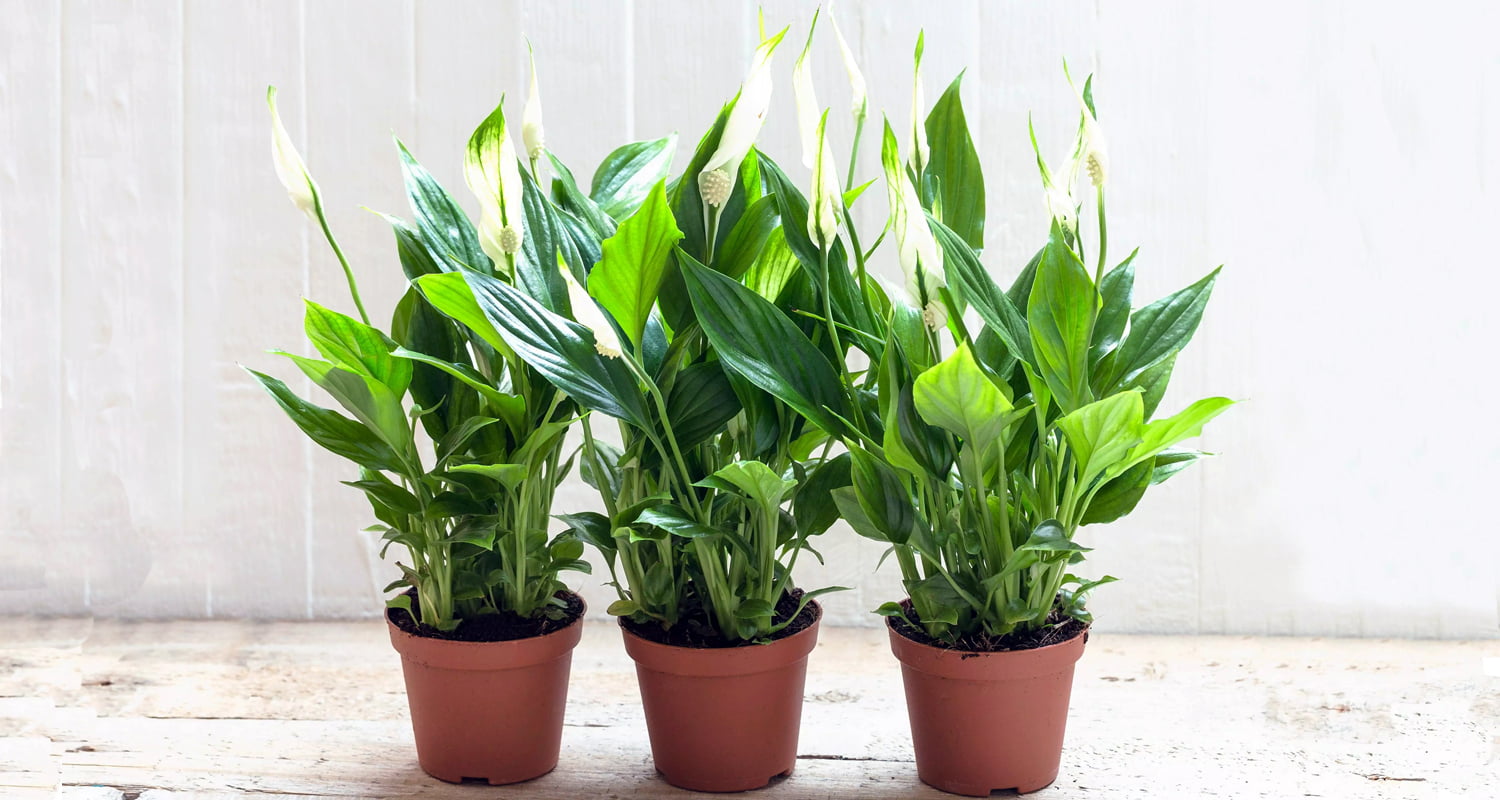
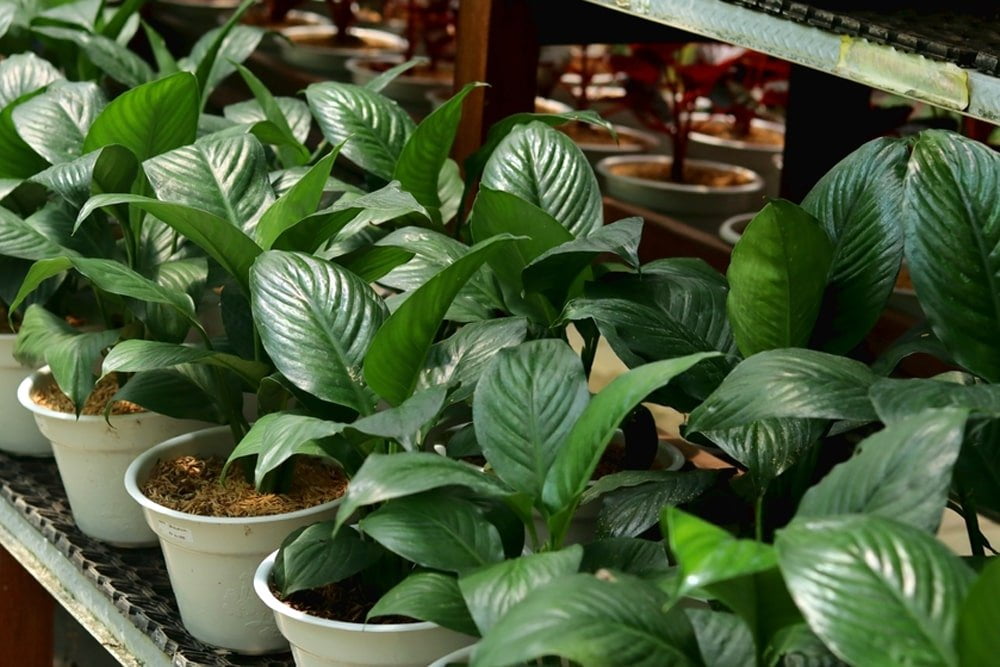
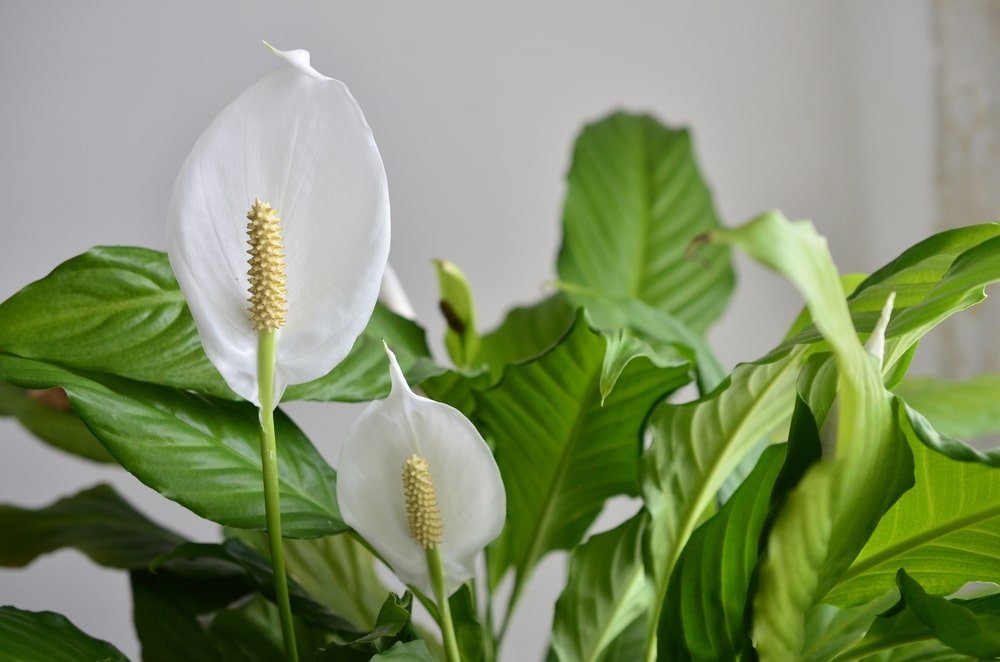
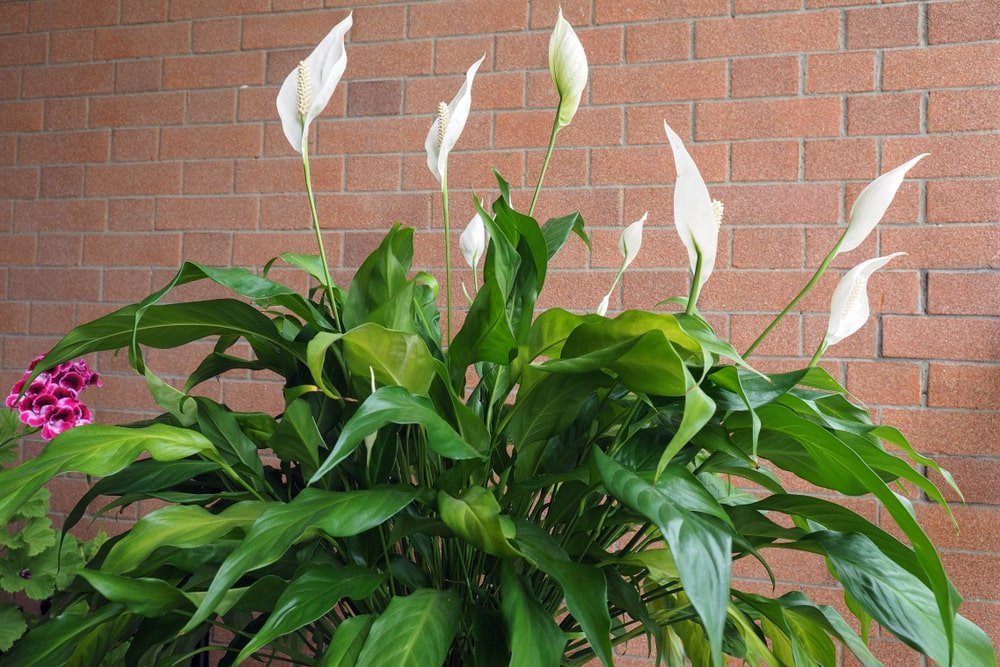
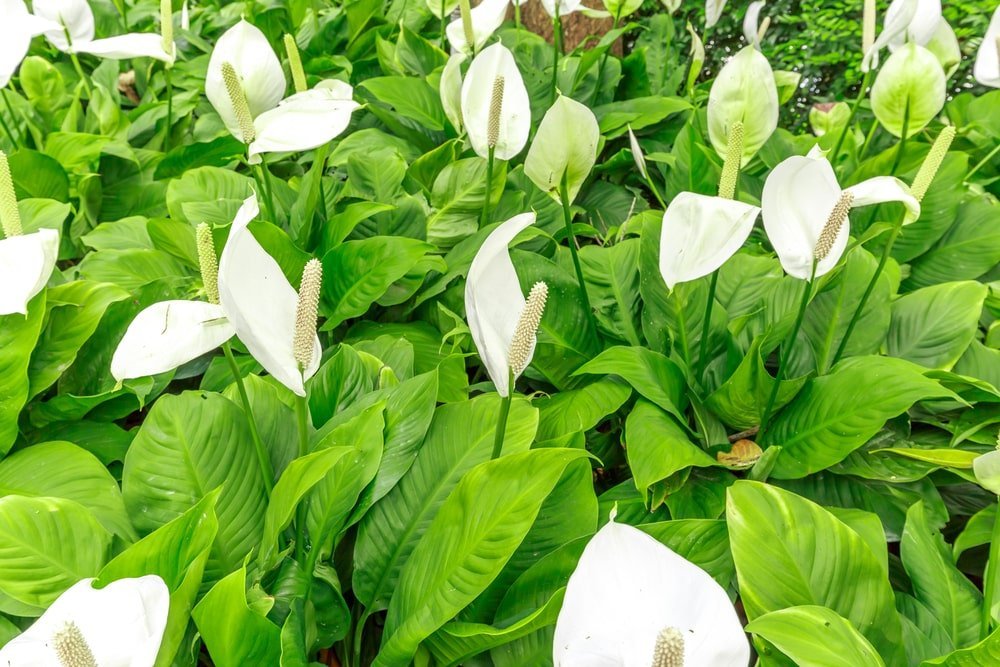
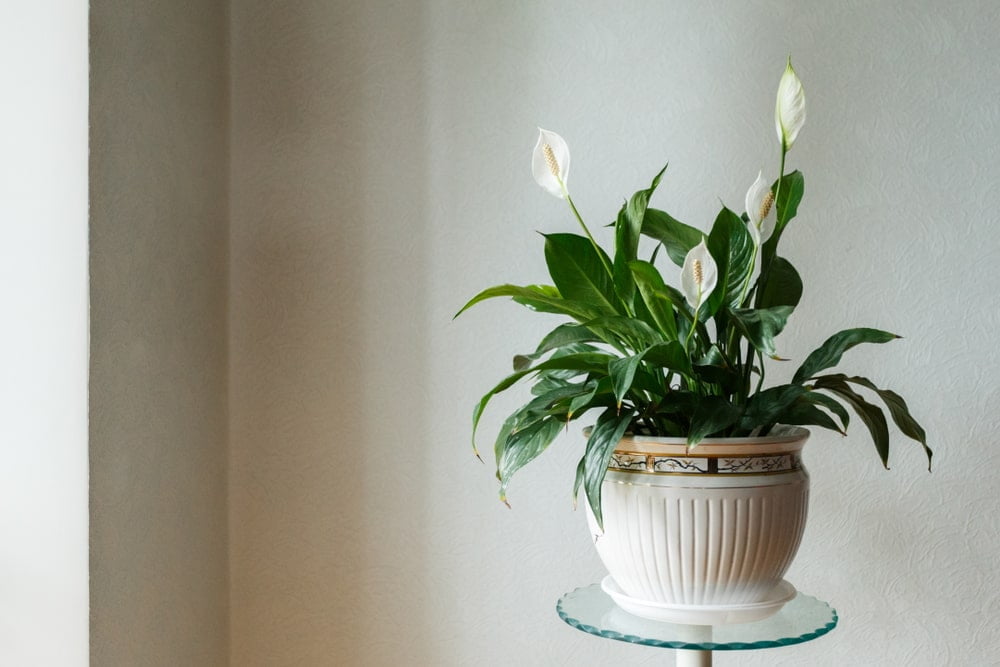
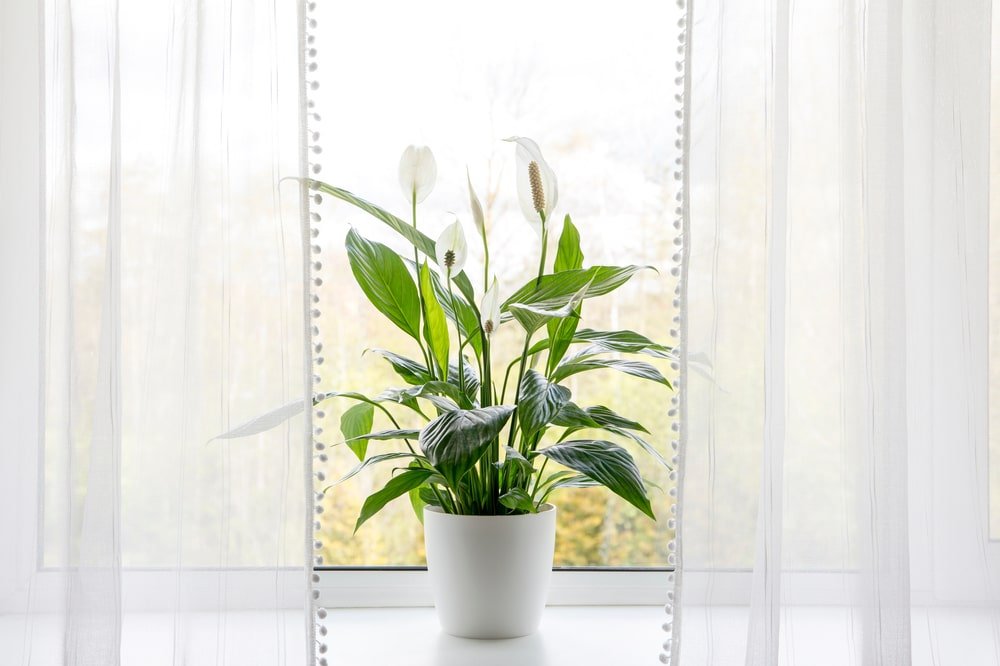


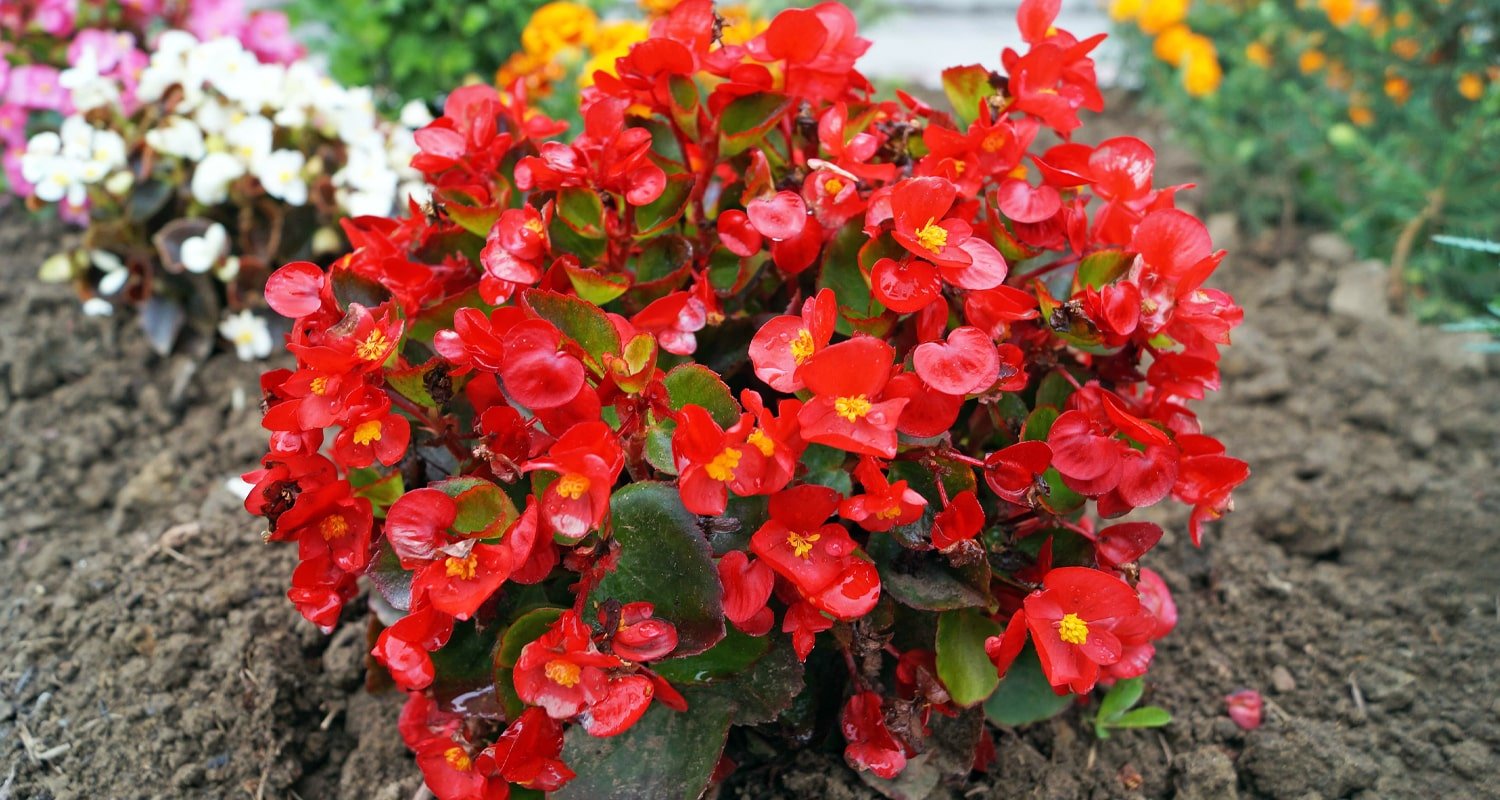
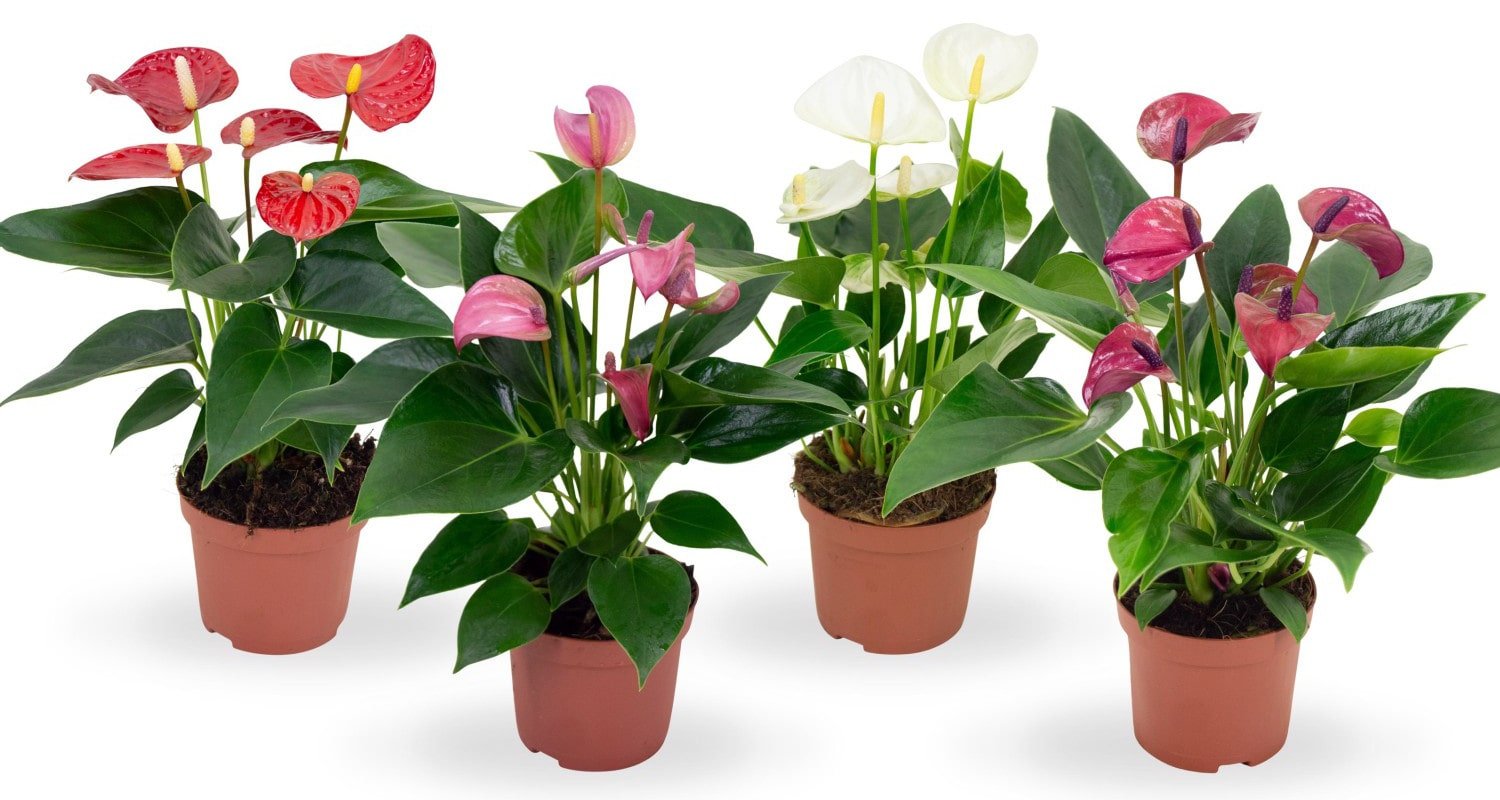
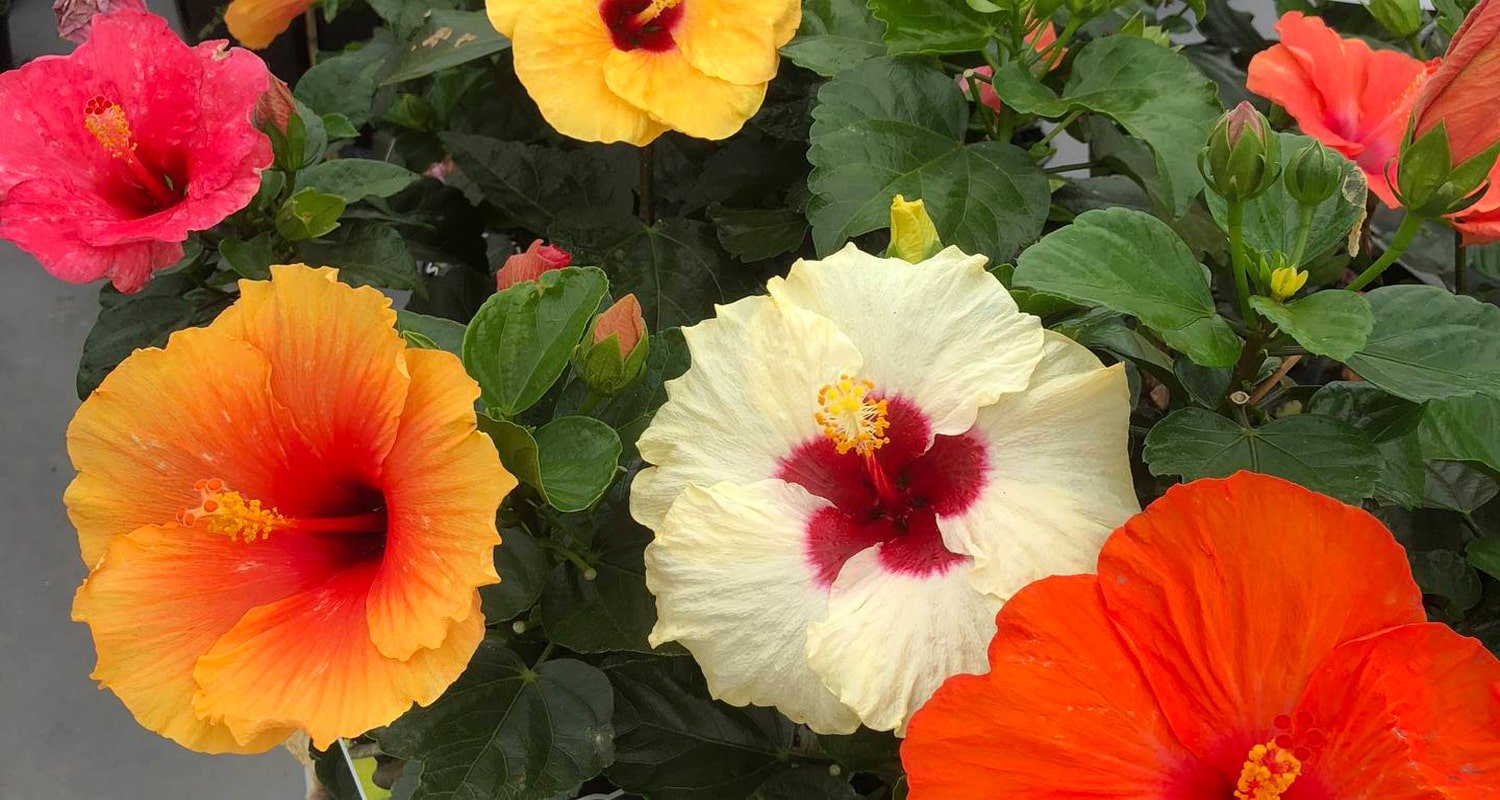

No comment